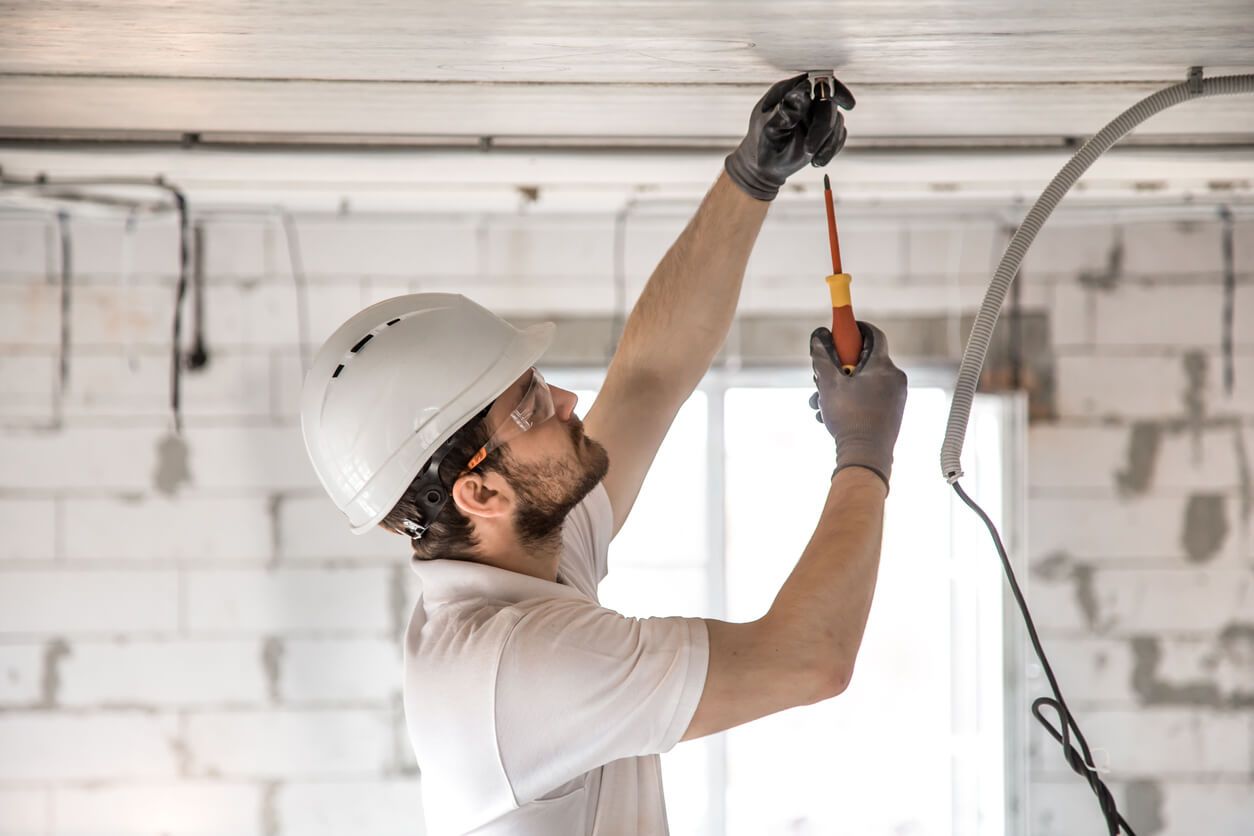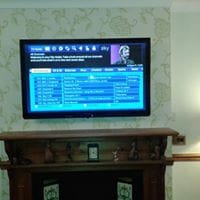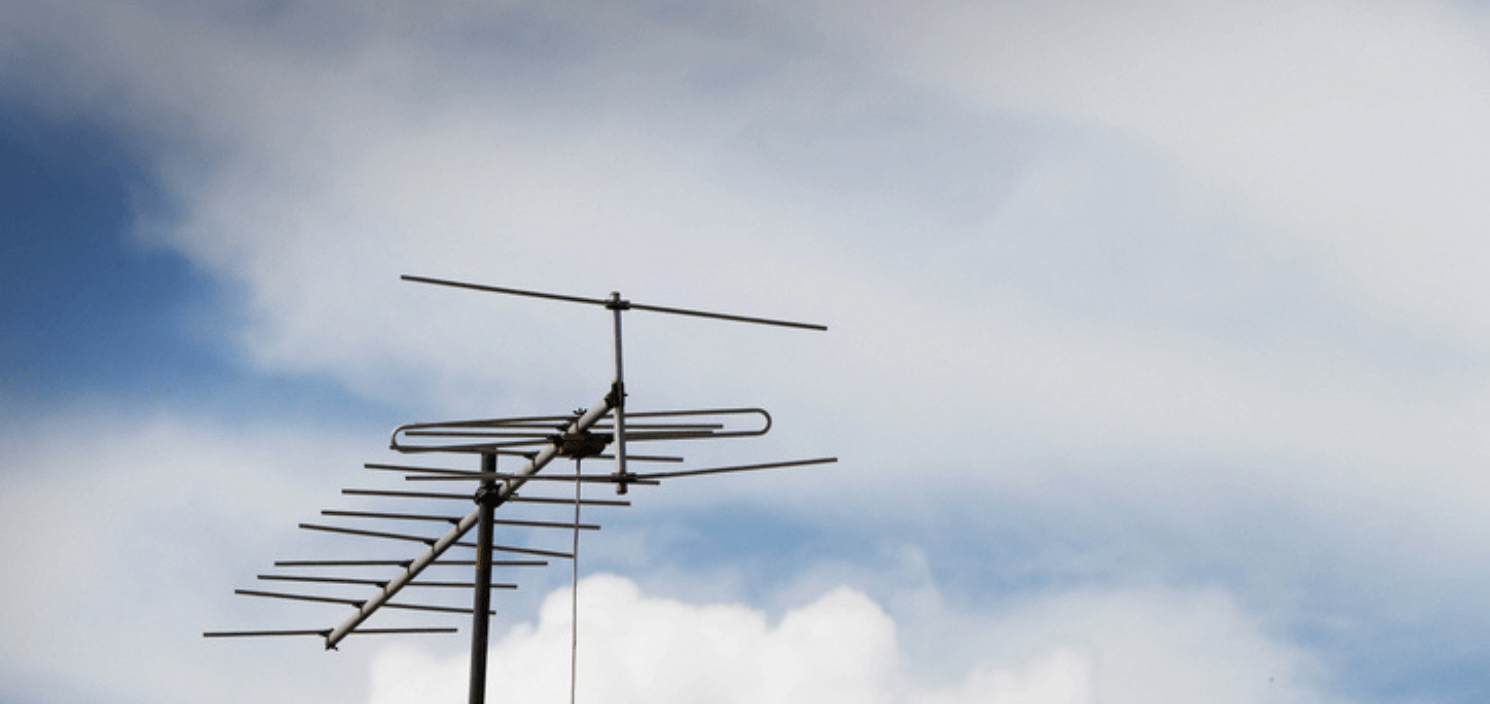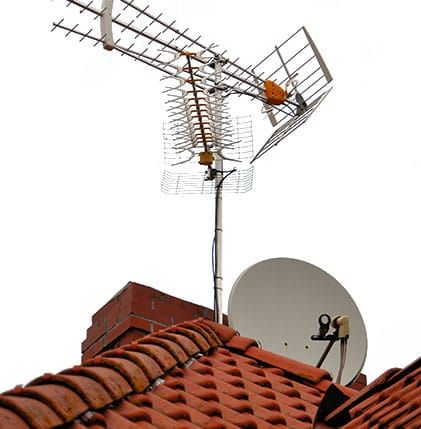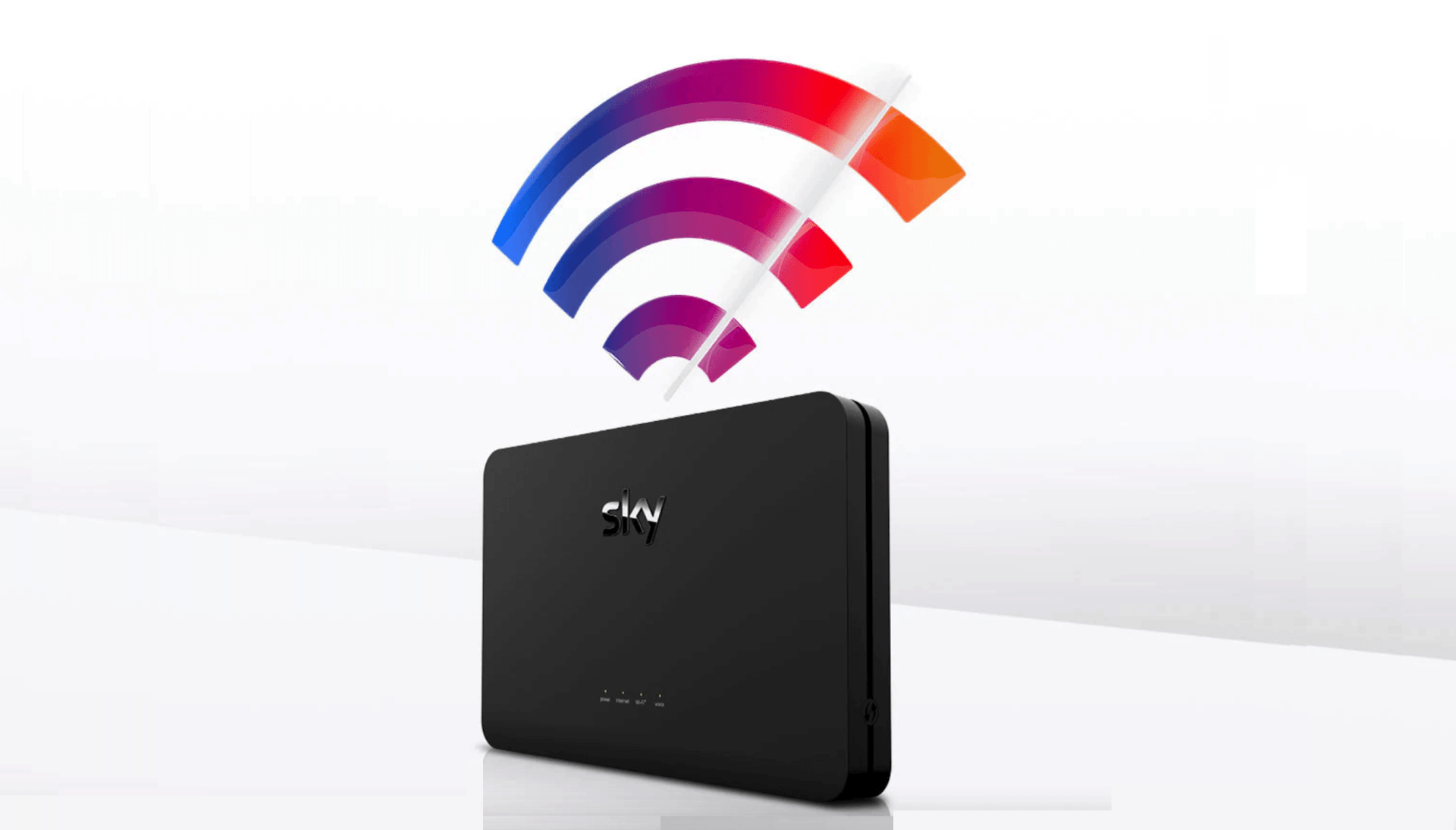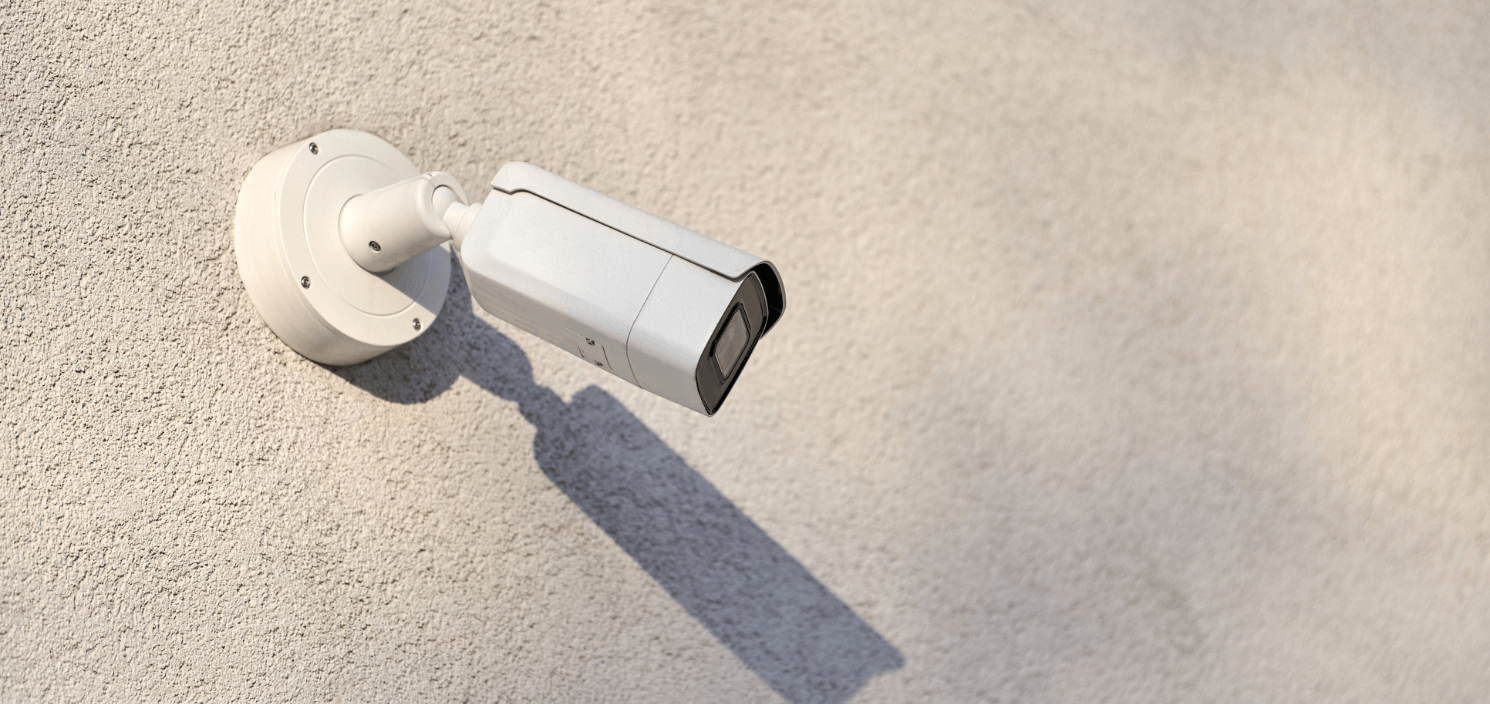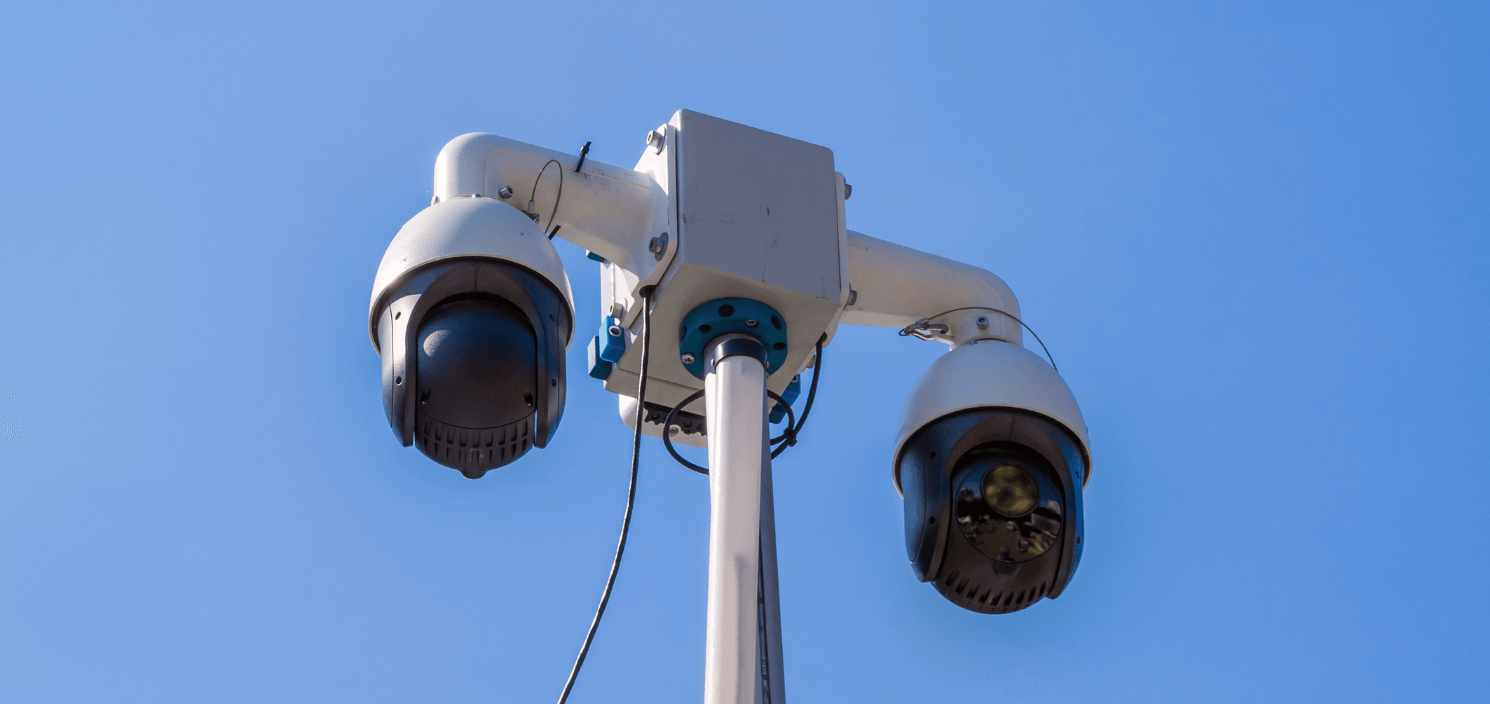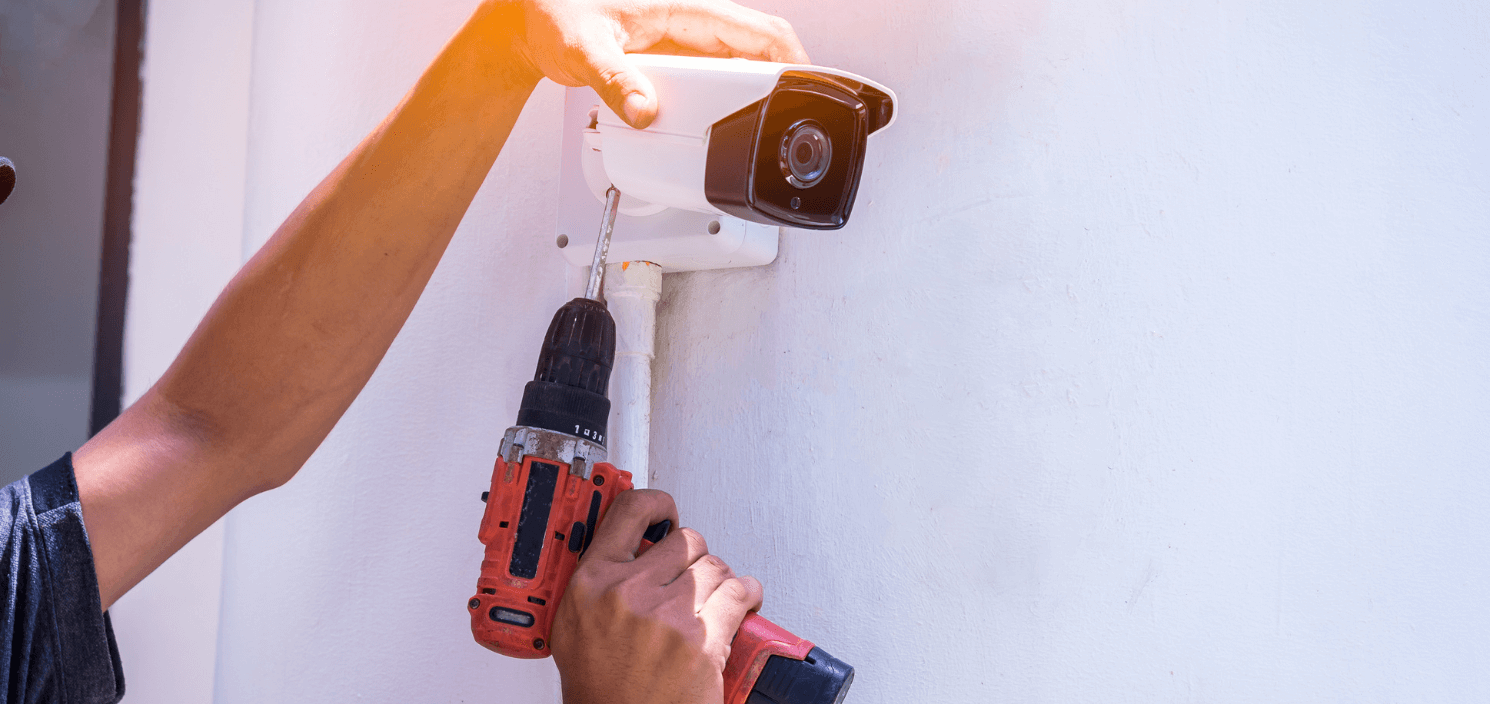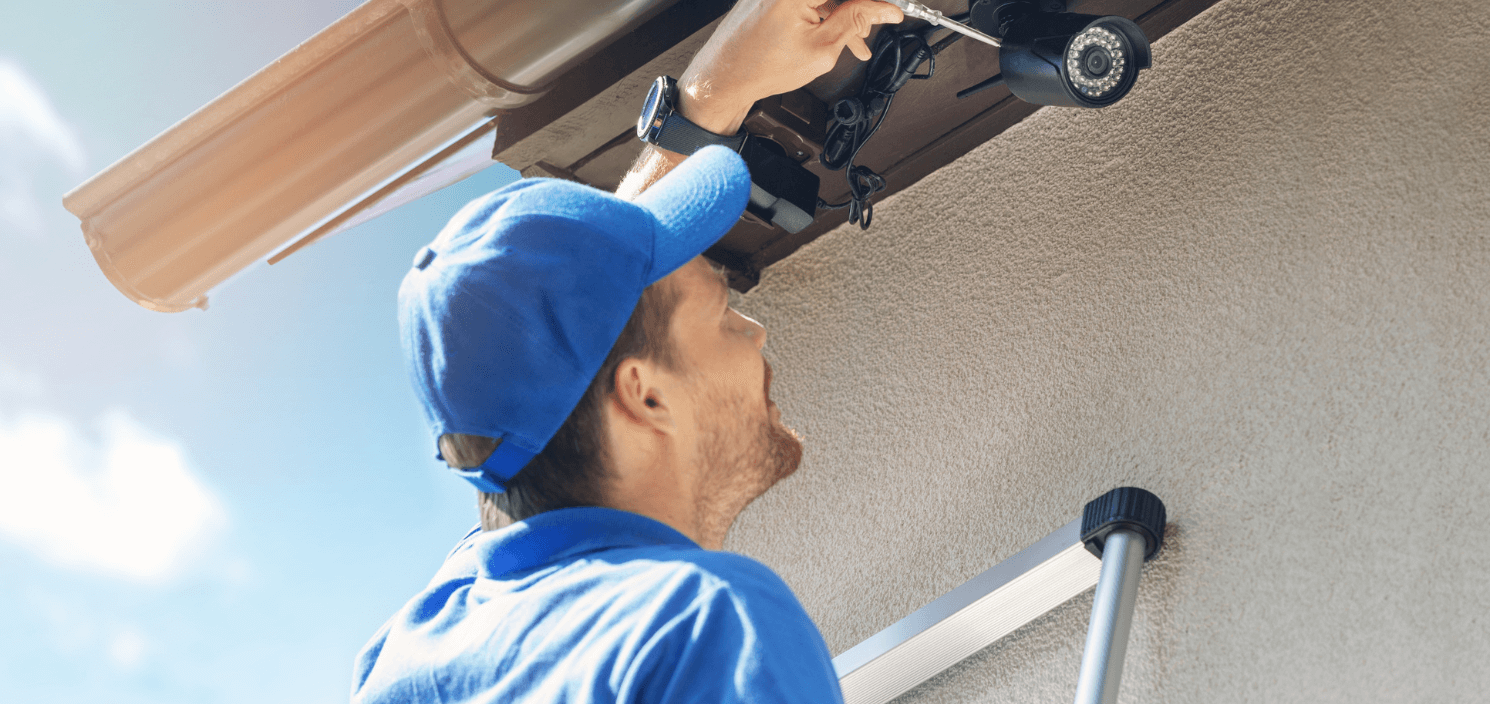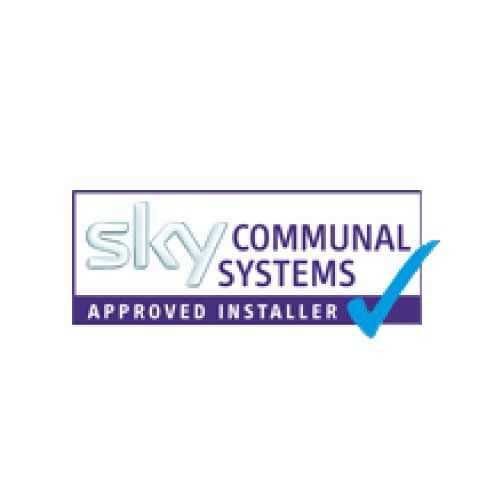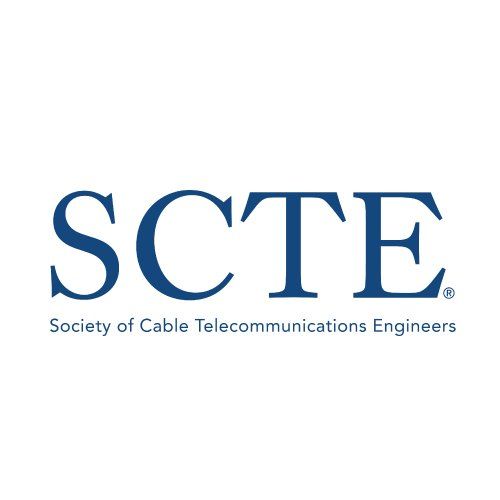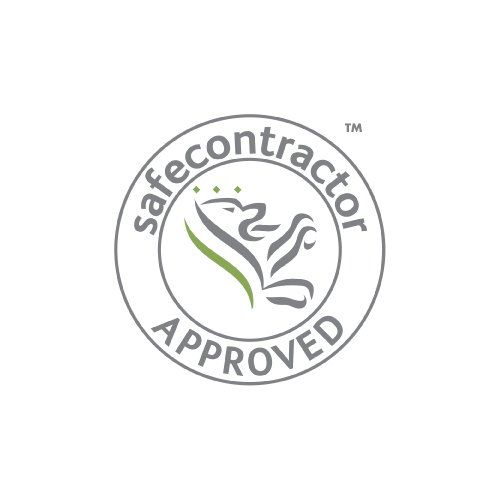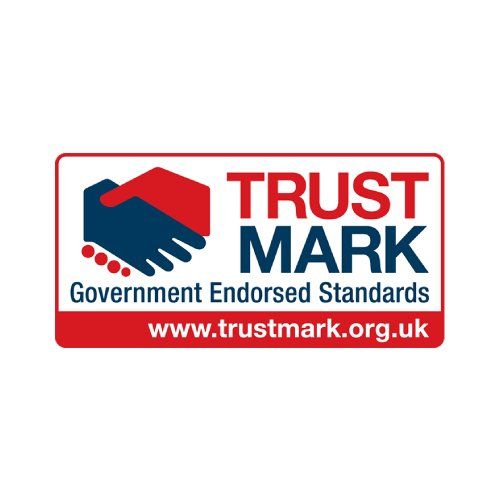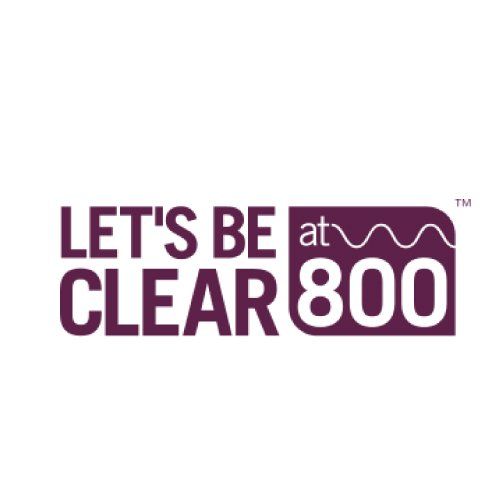Slow Speeds, No Fixes? When to Switch to Starlink Internet Instead
You pay for fast broadband, but every evening it crawls to a halt. Video calls falter, streaming stalls, and smart devices fall behind. If you’ve already complained to your provider and nothing can be done, it might be time to consider alternative networks.
For more and more UK homes, Starlink internet is becoming a viable alternative, especially where fibre falls short.
Why Is Your Broadband Slow at Night?
Even with decent download speeds on paper, many providers oversubscribe their networks. That means when your neighbours all go online after work, you’re stuck sharing limited bandwidth. Congestion like this is common with copper or hybrid fibre lines, and some providers throttle connections during peak times to manage loads.
Providers rarely mention this upfront. A midday speed test might show full strength, but by evening your connection can drop to single digits. When your broadband only performs during off-hours, it's likely due to structural limitations in the local network often beyond repair by your current provider. That’s when alternative technologies like Starlink internet start making sense.
What Is Starlink and How Does It Work?
We’ve worked with a range of homes rural farms, converted barns, and even townhouses at the edge of the network where no fixed-line provider could deliver a consistent connection. That’s where Starlink internet makes a real difference.
Starlink is a satellite-based broadband service powered by a network of low Earth orbit (LEO) satellites. Unlike traditional satellite broadband, which suffers from high latency and slow speeds, Starlink offers fast, responsive connections that rival many fixed-line networks.
The kit doesn’t need cabling from the road or a line activation. You just need a clear view of the sky, a secure location to mount the dish like a gable end, chimney, or pole and a power supply. We’ve found the most reliable results come when the dish is mounted above gutter level, well away from trees or chimney stacks that might obstruct line of sight.
For rural homes, hard-to-wire properties, or places where Openreach connections are unreliable, Starlink internet provides a completely independent way online without relying on local infrastructure.
When Should You Switch to Starlink?
If your broadband struggles with any of the following, it may be worth considering a switch:
- Regular dropouts during video calls or streaming
- Latency spikes when gaming or using cloud services
- Slow evening speeds despite paying for “superfast” plans
- No fibre rollout planned in your area
- Endless back-and-forth with your provider but no resolution
In these cases, the issue isn’t always fixable with an engineer visit. If the infrastructure is old, oversubscribed, or poorly maintained, you may be better off switching to Starlink internet or another technology that doesn’t rely on the same cables.
Is Starlink Fast Enough for Modern Homes?
Yes. Most UK users report download speeds between 70–250 Mbps and upload speeds of 10–40 Mbps, depending on location and weather. That’s more than enough for:
- 4K streaming, smooth video calls, responsive gaming, and uninterrupted cloud backups
We’ve installed Starlink at dozens of properties across West Yorkshire, including Keighley, Ilkley, and Hebden Bridge, and found it consistently outperforms copper-based services especially in the evenings. That makes it particularly useful in places where fibre has stalled, or coverage is patchy.
What Makes Starlink Ideal for Rural and Remote UK Homes?
A lot of rural homes still rely on copper lines or unstable 4G routers that struggle to handle modern usage. Fibre might not be planned for years or not at all. In areas like South Craven or the Colne Valley, even basic online tasks like streaming or attending video calls can become a headache due to legacy copper lines or signal blackspots.
Starlink internet solves this by avoiding reliance on ground infrastructure or mobile masts altogether. With power and a clear sky view, your dish can deliver speeds that rival suburban fibre. For homeowners in remote locations, this opens a completely new level of online access, making everything from home working to HD streaming possible without relying on a future fibre upgrade.
Will Starlink Keep Getting Better?
Yes, and fast. The Starlink network is expanding monthly, with more satellites launched regularly and software updates rolled out to improve performance. Since launch, we’ve seen real progress lower latency, faster speeds, and fewer dropouts across installs.
For UK homes left behind by traditional broadband, Starlink internet is one of the few options that’s available now, easy to install, and keeps improving with every update.
People Also Ask: Common Questions About Starlink Internet
Is Starlink better than BT broadband?
It depends on where you live. If your BT Openreach connection delivers poor speeds, Starlink internet typically performs better especially in rural or edge-of-network locations.
How long does Starlink installation take?
We typically complete most installations in one visit. In fact, we’re often on-site within 48 hours for customers who already have their kit. A straightforward job: say, chimney-mounted with internal cabling takes around 2 to 3 hours. More complex installs involving Wi-Fi extension or custom routing take a little longer, but we always leave you with a fully functional system on the day.
Do weather conditions affect Starlink internet in the UK?
Extreme weather may slightly reduce performance, but the system is designed to work reliably through typical UK rain and cloud cover.
How Does Starlink Internet Installation Work?
Starlink comes with its own kit, but setup isn’t always straightforward. You need a clear view of the sky, secure mounting for the dish (roof, chimney, or pole), and clean routing of the power and data cables.
At Cube, we assess each property and recommend the best mounting spot, route cables for performance and discretion, and make sure the Wi-Fi coverage works for your layout.
We’ve carried out dozens of professional Starlink installations across West and North Yorkshire from Calderdale and Bingley to rural Skipton often in places Openreach can’t or won’t reach. We align the dish for a clean signal, route the cabling neatly, and walk through the property with you to confirm full Wi-Fi coverage. If a mesh extender’s needed, we set that up too right then and there. We finish cleanly, test thoroughly, and make sure it’s all working before we leave.
Starlink Internet in Action: Real-World Results from Cube Clients
We recently installed Starlink internet for a farmhouse in rural Craven, a common broadband blackspot area in North Yorkshire. The owner had been dealing with an unreliable 6 Mbps ADSL line for years. They’d tried 4G routers and Wi-Fi extenders, but none solved the issue. They couldn’t stream on more than one screen, and their Teams calls dropped out regularly in the evenings.
After switching to Starlink, they now enjoy speeds of over 120 Mbps, smooth HD video calls, and fast cloud backups all without relying on fibre rollout timelines.
We’ve also supported clients in edge-of-network properties around Calderdale who struggled with poor Virgin or BT coverage. Starlink gave them reliable broadband for everyday use, including schoolwork, streaming, and managing smart heating setups—without relying on ageing infrastructure. We mounted the dish on a chimney, routed the cables discreetly, and extended the Wi-Fi to cover the entire house.
Leave Slow Broadband Behind
If your current provider can’t (or won’t) deliver consistent speed, there’s another option.
Starlink offers a modern, resilient alternative and with Cube’s help, installation is quick, tidy, and built to last.
Visit our Starlink Services page to learn more, or get in touch and let us know your location whether you're in the Dales, Calder Valley or further afield, we’ll check if Starlink is the right fit for your property. We’ll let you know if Starlink’s a strong fit or if a satellite, 4G, or fixed wireless solution might suit better.

